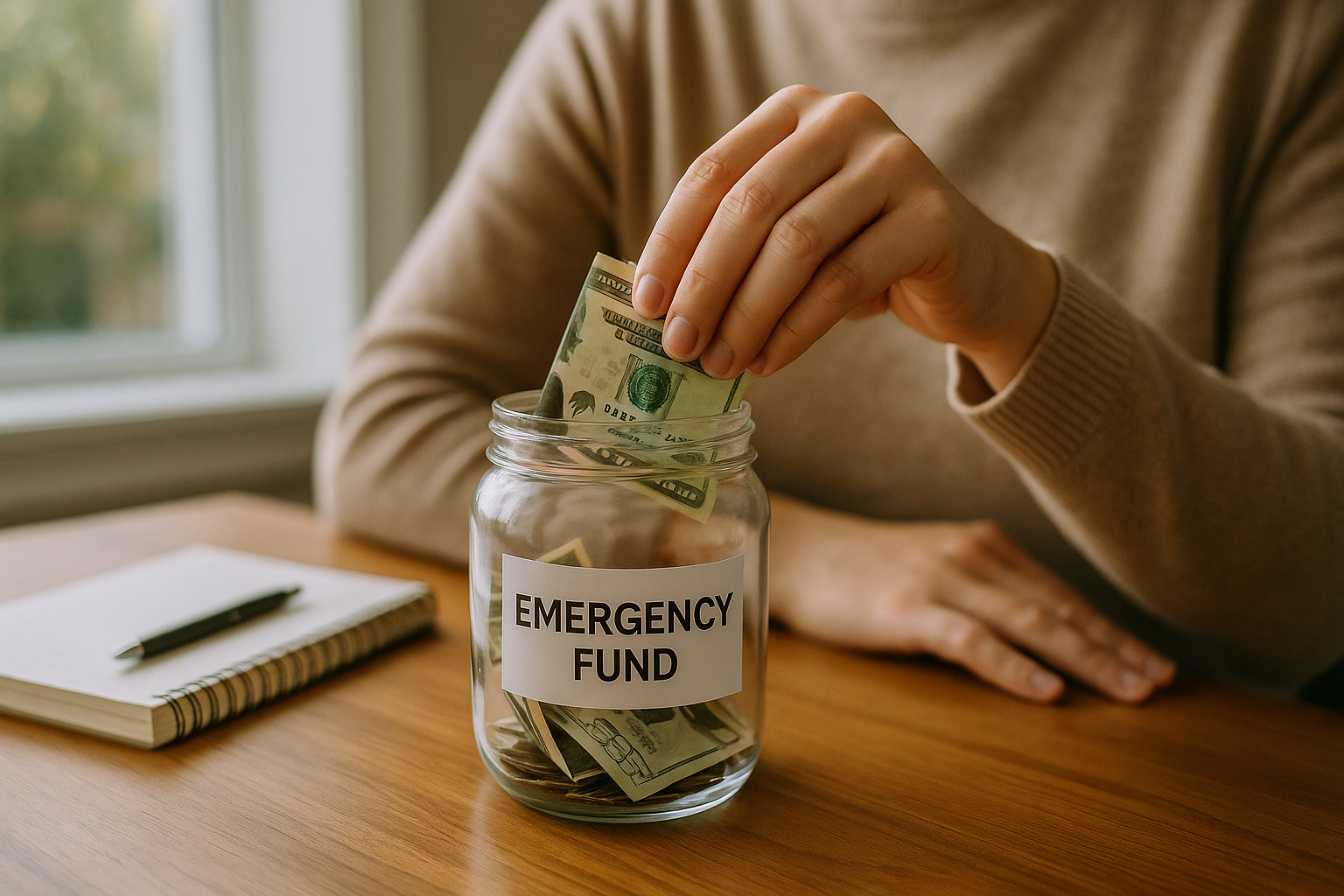Unexpected expenses—car repairs, medical bills, or sudden job loss—can derail your finances if you’re unprepared. That’s where an emergency fund comes in. By setting aside a dedicated stash of cash, you create a financial cushion that protects your budget and preserves your financial security. In this guide, we’ll walk through why an emergency fund is essential and share practical steps for how to save money effectively and build robust personal savings.
What Is an Emergency Fund?
Definition and Purpose
An emergency fund is a pool of liquid cash—kept separate from your checking account—reserved solely for unforeseen expenses. Unlike savings set aside for vacations or big purchases, this money is off‑limits for routine spending. It’s your first line of defense against financial shocks.
Why It’s Crucial for Financial Security
Without an emergency fund, you may resort to high‑interest debt—credit cards or payday loans—to cover urgent costs. That debt quickly compounds, undermining your long‑term goals. By contrast, a well‑stocked emergency fund helps you:
- Avoid debt when emergencies strike
- Maintain peace of mind and reduce stress
- Stay on track with other financial priorities
How Much Should You Save?
General Guidelines
Financial experts typically recommend saving three to six months’ worth of living expenses. Calculate your essentials—rent or mortgage, utilities, groceries, insurance—and multiply by three (minimum) to six (ideal). This range ensures coverage for extended disruptions like job loss.
Adjusting for Your Personal Situation
Your target may vary based on factors like job stability, family size, and health care needs. If you have a steady, predictable income, three months might suffice. If you freelance, work commission‑based, or have dependents, aim for six to nine months of expenses.
4 Steps to Build Your Emergency Fund
1. Set a Realistic Goal
Break down your target into manageable milestones. For example, if you need $3,000, aim to save $250 per month over 12 months. Tracking progress toward smaller goals keeps you motivated and focused on how to save money consistently.
2. Automate Your Savings
Automate transfers from your checking account to a dedicated high‑yield savings account. Scheduling weekly or biweekly contributions ensures you “pay yourself first” before spending, making accumulation effortless.
3. Choose the Right Account
Park your fund in an account that is:
- Accessible: Avoid penalties or waiting periods.
- Interest‑bearing: A high‑yield savings account or money market account helps your fund grow.
- Separate: Keeping funds distinct prevents accidental spending.
4. Monitor and Adjust
Review your progress monthly. If you exceed your savings target one month—due to a bonus or expense cut—consider reallocating the surplus to accelerate your personal savings. If you fall short, adjust your automation or cut discretionary spending temporarily.
Tips to Accelerate Your Savings
Boost Income and Trim Expenses
Look for side hustles, freelance gigs, or overtime opportunities to increase cash flow. Simultaneously, evaluate recurring subscriptions, dining out, and impulse purchases. Redirect any freed‑up funds to your emergency fund.
Use Windfalls Wisely
Tax refunds, work bonuses, or gifts are perfect windfalls for your emergency fund—rather than splurging, allocate a portion (or all) toward your savings goal. This one‑time boost can significantly shorten your timeline.
Maintaining Your Emergency Fund
When to Tap It
Use your emergency fund only for true emergencies: unexpected medical bills, urgent home repairs, or sudden income loss. Avoid dipping into it for routine expenses or non‑essentials, preserving its integrity for genuine crises.
Rebuilding After Use
If you must withdraw funds, immediately reset your automation plan to replenish what you used. Treat rebuilding as a fresh savings goal to restore your financial security as quickly as possible.
Conclusion
Building an emergency fund is your top priority on the path to financial resilience. By defining a clear target, automating contributions, choosing the right account, and following practical saving strategies, you’ll establish a safety net that safeguards your peace of mind and long‑term goals. Start today: even small steps toward saving can yield significant personal savings gains and protect you against life’s uncertainties.
